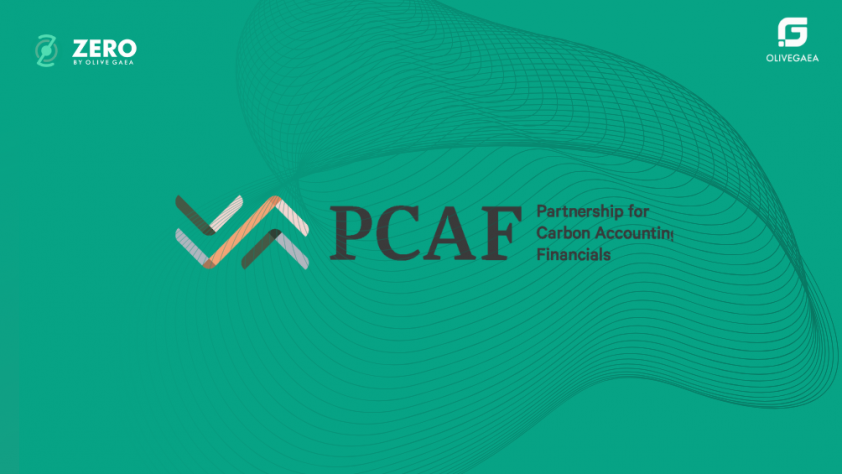Financial institutions hold the key to driving the transition to a low-carbon economy. While operational emissions (Scope 1 and 2) are a focus for many, financed emissions—those generated through lending, investments, and other financial services—account for the largest share of the BFSI sector’s carbon footprint. Addressing financed emissions is not only essential for meeting net-zero targets but also aligns with global climate agreements such as the Paris Agreement.
What Are Financed Emissions?
Financed emissions are the greenhouse gas (GHG) emissions resulting from financial services, investments, and lending by financial institutions. Classified under Scope 3, Category 15 of the Greenhouse Gas Protocol (GHGP), these emissions are tied to the activities funded by banks, insurers, and investors.
One of the Paris Agreement’s key objectives is to ensure that “finance flows are consistent with low GHG emissions and a climate-resilient pathway.” This puts financial institutions at the forefront of climate action, especially as they currently provide significant funding to fossil fuel-based and high-emission industries. Transitioning these finance flows to sustainable investments is critical for achieving global climate goals.
Why Are Financed Emissions Important?
The significance of financed emissions lies in their sheer scale. Studies show that the financed emissions of financial institutions can be 700 times larger than their operational emissions (Source: CDP Financial Services Disclosure Report, 2022).
Moreover:
- The financial sector is one of the largest enablers of high-carbon industries.
- Addressing financed emissions allows institutions to mitigate financial risks tied to climate change, such as stranded assets.
- Regulators and stakeholders increasingly demand transparency and action on financed emissions, creating both risks and opportunities for institutions.
As climate-related risks intensify, financial institutions must align their portfolios with net-zero pathways to remain relevant and resilient.
What Challenges Do Firms Face When Reporting Financed Emissions?
Despite the growing focus on financed emissions, financial institutions face several challenges when attempting to measure and report them. According to the World Resources Institute’s Banking Beyond Climate Commitments report, these include:
- High Costs and Resource Requirements
Measuring financed emissions demands significant time, money, and expertise to gather and analyze complex data sets. - Green Bond Scrutiny
Questions about the additionality and fungibility of green bonds add layers of complexity for institutions looking to finance sustainable projects. - Government and Regulatory Limitations
Regulatory frameworks often fall short in supporting Paris-aligned decision-making, slowing progress. - Risk of Greenwashing
The lack of consistent implementation of sector-wide standards can lead to misleading claims, undermining public trust in financial institutions’ net-zero commitments.
Addressing these challenges requires robust frameworks and collaboration across the financial sector.
What Is PCAF and Its Role in Disclosing Financed Emissions?
The Partnership for Carbon Accounting Financials (PCAF) is a global initiative that provides a standardized framework for financial institutions to measure and disclose their financed emissions. With over 400 members worldwide, PCAF offers a consistent methodology that aligns with the Greenhouse Gas Protocol.
Key Benefits of PCAF:
- Standardization: Ensures uniformity in emissions calculations, enabling comparability across institutions.
- Transparency: Helps financial institutions disclose their climate impact to stakeholders and align with global climate goals.
- Actionable Insights: Provides data-driven insights to guide portfolio adjustments toward low-carbon assets.
By adopting PCAF standards, financial institutions can strengthen their sustainability strategies, enhance stakeholder trust, and contribute meaningfully to the global decarbonization effort.
Conclusion
For financial institutions, addressing financed emissions is no longer optional—it’s a necessity. As the largest contributor to their carbon footprint, financed emissions must be measured, reported, and managed to align with net-zero targets and global climate goals.
As the first and only MENA-accredited PCAF solution provider, Olive Gaea is proud to empower financial institutions with cutting-edge tools and expertise to effectively measure, disclose, and reduce financed emissions. Through its partnership with the Partnership for Carbon Accounting Financials PCAF , Olive Gaea leverages its AI-driven SaaS platform, Zero, and standardized methodologies to enable institutions to make informed decisions, enhance transparency, and align their portfolios with a low-carbon, sustainable future.
Take the first step toward tackling financed emissions today. Request a demo with our financed emissions experts to explore how Olive Gaea can support your net-zero journey!

